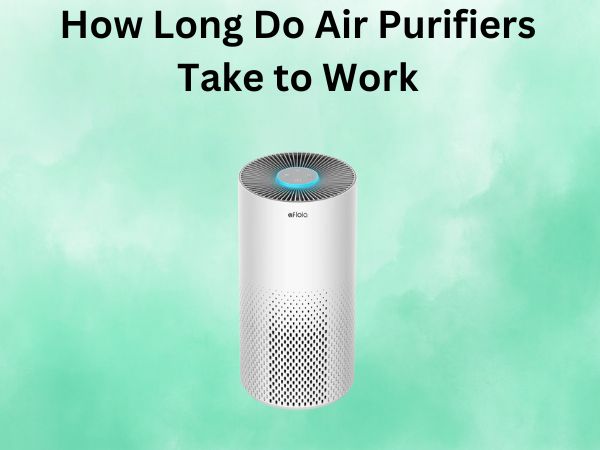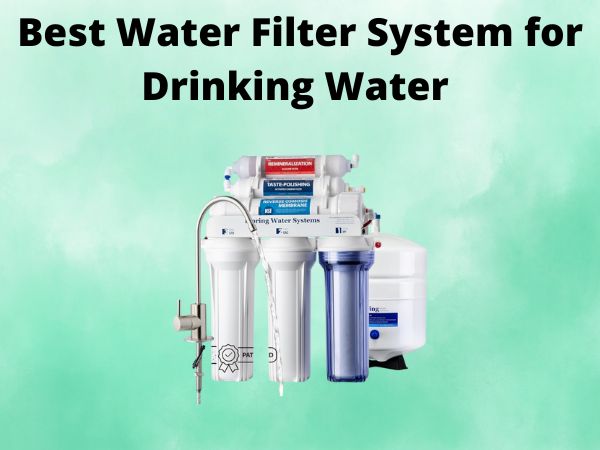How to Fix Hot Water Issues in the Shower
We’ve all had those moments when you step into the shower, waiting for that comforting embrace of warm water, but instead, you’re met with an ice-cold spray. It’s not exactly the relaxing start or end to the day you hoped for, right? A shower without hot water can feel like a winter morning without your cozy blanket. Let’s dive deep into the possible causes and how we can solve these nagging hot water gremlins in the shower.
Table of Contents
Understanding the Basics
Before we roll up our sleeves, it’s essential to know the basics of how hot water gets to your shower. Essentially, the water heater is the hero in this story. Imagine it as the heart, pumping warm delight through your household arteries. However, any blockages (or issues) can upset this smooth flow.
Common Reasons for No Hot Water
So why the cold shoulder from your shower? Several potential culprits might be causing this inconvenience:
- Water heater problems
- Shower valve malfunctions
- Thermostat settings
- Water pressure discrepancies
- Old plumbing systems
Checking the Water Heater
Picture your water heater as the sun that warms your entire home. If it’s not functioning correctly, the shower won’t deliver hot water. Here’s what to check:
Temperature Settings
The thermostat on your water heater should be set between 120 to 140 degrees Fahrenheit. Any lower, and you might experience tepid showers. Adjust it if necessary, but be careful to avoid scalds.
Power Supply
For electric heaters, ensure the circuit breaker hasn’t tripped. It’s akin to ensuring the power switch is on when your TV doesn’t work. For gas heaters, the pilot light should be on; if it’s gone out, you need to relight it.
Water Heater Age
If your unit is over a decade old, it might be nearing retirement. Like an old car, parts might fail, and efficiency declines. Consider replacing it with a newer, energy-efficient model.
Inspecting the Shower Valve
If the water heater isn’t the issue, your shower valve might be playing tricks. Think of the valve as the gatekeeper controlling water flow and temperature.
Valve Mixing Issues
Mineral deposits can wear out the valve, leading to malfunctions. Remove the valve and inspect for signs of wear or blockages.
Examining the Thermostat
The thermostat acts like a director, ensuring the water remains at a set temperature. Malfunctioning thermostats can lead to inconsistency in water heat.
- Test the thermostat with a multimeter for electrical faults.
- Replace any faulty thermostatic valves or components.
Investigating Water Pressure Issues
Low water pressure can cause an imbalance in hot/cold mixing, leading to lukewarm water. Use a pressure gauge to measure the PSI; it should range between 40-60 PSI.
How Old Is Your Shower Fixture?
Age doesn’t just weary people; it wearies your plumbing too. Old fixtures might struggle to maintain proper temperatures. Sometimes, a good old swap could be the answer.
Mineral Buildup and Blockages
You wouldn’t run in shoes filled with stones, would you? Likewise, mineral buildups can clog your shower system. Descaling your shower head and pipes can help restore the flow.
When to Call a Plumber
There’s a point when DIY becomes do-it-with-professionals. If it feels overwhelming or if you’ve exhausted all possible fixes, a plumber can bring the expertise needed to sort out complex issues.
DIY Fixes to Try
If you’re the hands-on kind, here are a few fixes you might try:
- Clean or replace showerheads and valves.
- Flush the water heater regularly to remove sediment.
- Ensure all settings on your water heater are correct.
Tools You’ll Need
- Adjustable wrench
- Multimeter
- Pressure gauge
- Basic plumber’s toolkit
Safety Precautions
Always safety first! Ensure the water and electricity are turned off before attempting any repairs. It’s not just about getting wet; it’s about staying safe.
Preventative Measures
Avoid future frustrations by regularly maintaining your water heater and plumbing system. Think of it as a warm-up routine for a marathon—better preparation, better results.
Conclusion
Hot water troubles can indeed feel like a cold dawn, stealing comfort and relaxation from your daily routine. Whether it’s a simple thermostat adjustment or a more complex valve replacement, understanding and tackling the issue empowers you to reclaim those warm showers you love. Sometimes the answer is just an inspection away, and with these tips, you’re set to handle minor fixes like a pro. Remember, if things get too dicey, professional help is just a call away. Don’t let a cold shower ever crash your mornings again!
FAQs
Why does my shower only have cold water now?
Usually, a sudden lack of hot water can be due to a malfunctioning water heater, a blown circuit breaker, or a problematic shower valve that isn’t mixing the water properly.
How can I increase the temperature of my shower?
Firstly, check your water heater thermostat settings. If it’s set too low, simply adjusting it upwards should help. Also, verify that your shower valve correctly mixes water from both hot and cold sources.
How often should I maintain my water heater?
It’s advisable to perform a maintenance check on your water heater at least once a year. This includes flushing the tank, checking the pressure relief valve, and inspecting for any leaks or corrosion.
Is it normal for the water heater to make noises?
Some noise is typical, such as a mild hum. However, if you hear loud banging, popping, or crackling, it could indicate sediment buildup at the bottom of the tank, reducing efficiency.
Can low water pressure affect water temperature?
Yes, low water pressure can disrupt the proper mixing of hot and cold water, leading to inconsistent temperatures in the shower. Checking and adjusting the pressure could resolve this issue.




